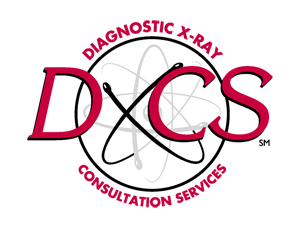When it comes to offering diagnostic imaging services, patient and provider safety are always the top priority. Maintaining safety throughout the evaluation and diagnostic processes is key to keeping the patient comfortable enough to get accurate readings and results.
Here are some crucial factors in providing a safe, beneficial ultrasound experience to every consumer you serve:

